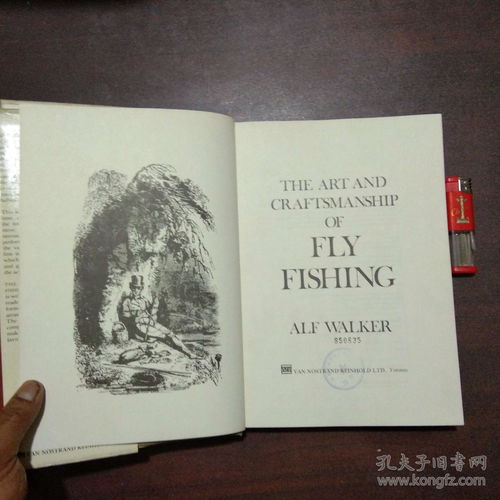Content:

Fishing, an age-old pastime, has always been a source of relaxation and enjoyment for many. Whether you are a seasoned angler or a beginner, mastering the art of reeling in fish can significantly enhance your fishing experience. In this article, we will delve into the essential techniques for successful fishing, focusing on how to effectively raise your rod and hook the fish. So, let's dive right in and explore the world of fishing techniques.
Choosing the Right Equipment
Before we delve into the techniques, it's crucial to ensure that you have the right equipment. A good fishing rod, reel, and line are the foundation of a successful fishing trip. Here are some tips for selecting the appropriate gear:
- Fishing Rod: The length and action of your rod should be suitable for the type of fish you are targeting. Longer rods are ideal for casting, while shorter rods are better for close-range fishing.
- Reel: Choose a reel that matches the weight and strength of your fishing rod. Spinning reels are great for beginners, while baitcasting reels are more suitable for experienced anglers.
- Line: The type of line you use depends on the fish you are targeting and the conditions of the water. Monofilament, fluorocarbon, and braided lines are the most common types.
Casting Techniques
Casting is the process of throwing your lure or bait into the water. Here are some essential casting techniques to help you improve your casting accuracy:
- Preparation: Before casting, ensure that your rod is in a comfortable position and that your grip is firm but not too tight.
- Backcast: Begin by bringing the rod back behind you, keeping the line taut. This helps to load the rod with energy.
- Forward Cast: Swing the rod forward, allowing the line to fly through the air. Aim for a smooth, continuous motion to achieve the best results.
- Practice: Casting requires practice, so don't be discouraged if you don't get it right the first time. Keep practicing until you become more comfortable with the technique.
Raising the Rod
Once you have cast your lure or bait, it's time to raise the rod and detect the bite. Here are some tips for raising the rod effectively:
- Sensitivity: Keep your rod tip low and be sensitive to any movements or vibrations. A subtle tap on the rod tip can indicate a fish has taken the bait.
- Timing: When you feel a tap or a pull on the line, raise your rod quickly but gently. The key is to maintain a balance between speed and control.
- Set the Hook: Once you have raised the rod, set the hook by Jerking the rod tip sharply in the direction the fish is moving. This will ensure that the hook is securely attached to the fish's mouth.
Reeling In the Fish
Once you have successfully set the hook, it's time to reel in the fish. Here are some tips for reeling in your catch:
- Control: Maintain a steady and controlled reeling motion. Avoid reeling too fast, as this can cause the fish to break free.
- Landing Net: Use a landing net to help guide the fish into the boat or onto the shore. This will prevent the fish from thrashing around and potentially escaping.
- Patience: Reeling in a fish can be a slow process, so be patient and let the fish tire itself out before attempting to land it.
Post-Catch Care
After you have successfully landed your fish, it's important to handle it with care. Here are some tips for post-catch care:
- Release or Keep: Decide whether you want to release the fish or keep it for a meal. If you choose to release the fish, ensure that it is done so in a way that minimizes stress.
- Unhooking: When unhooking the fish, use a pair of needle-nose pliers or a hook remover to avoid damaging the fish's mouth.
- Hydration: If you are keeping the fish, place it in a livewell or a bucket of water to keep it hydrated until you are ready to cook it.
In conclusion, mastering the art of reeling in fish requires practice, patience, and a good understanding of the techniques involved. By following the tips outlined in this article, you will be well on your way to becoming a more skilled angler. So, grab your rod, reel, and line, and head out to the water to put these techniques to the test. Happy fishing!












